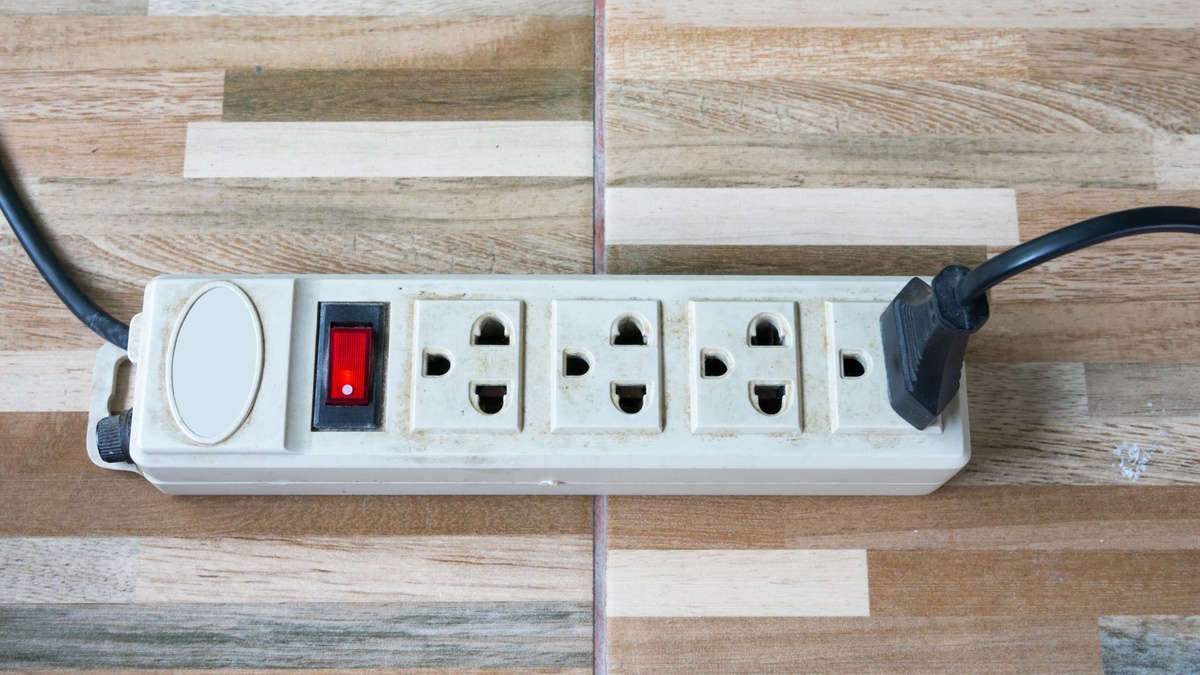

Articles
Why Does My Power Strip Light Flicker
Modified: February 22, 2024
Discover why your power strip light flickers and learn how to fix it with informative articles on troubleshooting and maintenance.
(Many of the links in this article redirect to a specific reviewed product. Your purchase of these products through affiliate links helps to generate commission for Storables.com, at no extra cost. Learn more)
Introduction
Power strips have become an essential part of our daily lives, allowing us to conveniently connect multiple devices to a single power source. They are incredibly useful, providing us with additional outlets and surge protection. However, if you have ever noticed that the light on your power strip flickers, you may find yourself wondering why it happens and what it signifies.
In this article, we will delve deep into the world of power strip lights and explore the possible causes behind their flickering. Understanding these causes can help you identify and address the issue effectively, ensuring the safety of your electrical devices and preventing any potential hazards.
So, let’s shed some light on power strip light flickering and uncover the reasons behind this common phenomenon.
Key Takeaways:
- Power strip light flickering can be caused by loose connections, overloading, electrical interference, or a faulty power strip. Addressing these issues ensures the safety and proper functioning of electrical devices.
- To fix power strip light flickering, inspect for loose connections, redistribute power load, minimize electrical interference, and consider the possibility of a faulty power strip. Prioritize safety and seek professional advice if needed.
Read more: Why Does My LED Light Bulb Flicker
Understanding Power Strip Lights
Power strip lights are small indicators located on some power strips that illuminate when the strip is receiving electrical power. These lights serve as a helpful visual cue to let you know that the power strip is functioning and connected to a power source. Typically, power strip lights are either green or red, with green indicating that the power strip is powered on and functioning correctly, and red indicating that there may be a problem with the strip.
While power strip lights might seem like a simple feature, they play an important role in providing feedback about the status of your power strip. When working correctly, the light provides reassurance that your devices are being powered and protected. However, when the light flickers, it can be a sign of an underlying issue.
Now that we understand what power strip lights are and their purpose, let’s explore some of the possible causes behind the flickering lights.
Causes of Power Strip Light Flickering
There can be several reasons why the light on your power strip flickers. It is important to identify these causes in order to address the issue effectively. Let’s take a closer look at some of the potential causes:
- Loose or faulty connection: One of the most common causes of power strip light flickering is a loose or faulty connection. Over time, the prongs of the plug may become worn or bent, resulting in an inconsistent electrical connection. Similarly, the internal wiring of the power strip may also become loose or damaged, leading to intermittent power supply and flickering lights.
- Overloaded power strip: Another possible cause is an overloaded power strip. When you connect too many devices to a single power strip, it can exceed the capacity of the strip and cause electrical issues. This overload can lead to power fluctuations, which may manifest as flickering lights.
- Electrical interference: Sometimes, external factors can interfere with the electrical signals, causing the power strip light to flicker. For example, nearby electronic devices or appliances with strong electromagnetic fields can generate electromagnetic interference (EMI), affecting the performance of the power strip.
- Faulty power strip: If your power strip is old or has been subjected to wear and tear, it is possible that internal components have become faulty. This can include issues with the wiring, circuitry, or other internal mechanisms, leading to flickering lights. In such cases, it may be necessary to replace the power strip.
These are just a few of the possible causes of power strip light flickering. It is important to identify the specific cause in order to implement the appropriate solution. In the next section, we will provide some tips on how to fix power strip light flickering to ensure the safety and proper functioning of your electrical devices.
Loose or Faulty Connection
A common cause of power strip light flickering is a loose or faulty connection. Over time, the prongs on the power strip plug can become worn or bent, resulting in an unreliable electrical connection. Similarly, the internal wiring of the power strip can also loosen or become damaged, leading to intermittent power supply and flickering lights.
To address this issue, follow these steps:
- First, ensure that the power strip is disconnected from the power source.
- Inspect the prongs on the power strip plug. Look for any signs of bending, corrosion, or damage. If you notice any issues, consider replacing the plug or the entire power strip if necessary.
- Examine the power strip itself for any visible signs of damage, such as frayed wires or loose connections. If you find any, it may be necessary to replace the power strip.
- Next, check the outlet where the power strip is plugged in. If the outlet is loose or the prongs do not fit securely, it can cause an unstable connection. In such cases, consider using a different outlet or using a wall outlet adapter to ensure a snug fit.
- If the power strip has removable cables, inspect them for any signs of wear or damage. Replace any cables that appear frayed, torn, or have exposed wires.
- Make sure that all connections are secure and tight. Ensure that the prongs of the plug are fully inserted into the outlet or extension cord, and that any removable cables are firmly attached to the power strip.
- Once you have checked and addressed any loose or faulty connections, plug the power strip back into the power source and observe if the light continues to flicker. If the issue persists, consider trying the power strip in a different outlet to rule out any issues with the power source.
By addressing the issue of loose or faulty connections, you can eliminate one of the common causes of power strip light flickering. If the problem persists despite your efforts, it may be necessary to explore other potential causes and solutions.
Overloaded Power Strip
Another common cause of power strip light flickering is overloading the power strip. Power strips have a maximum load capacity, which is the total amount of electrical power they can handle. When this capacity is exceeded, it can lead to power fluctuations and ultimately result in flickering lights.
To address the issue of an overloaded power strip, consider the following steps:
- Identify the power requirements of the devices connected to the power strip. Each device typically has a label indicating its power consumption in watts or amps. Add up the power requirements of all the devices to determine if it exceeds the power strip’s maximum load capacity.
- If the total power consumption exceeds the power strip’s capacity, consider redistributing the devices to other outlets or using additional power strips. It is important to distribute the load evenly across multiple outlets or strips to prevent overloading.
- Alternatively, you may need to remove some devices from the power strip if it is unable to handle their combined power requirements. Consider unplugging any unnecessary devices or finding alternative power sources for devices with high power consumption.
- Avoid using extension cords or daisy-chaining multiple power strips together. These practices can increase the risk of overloading and pose a safety hazard. Instead, use separate outlets or power strips for each device or group of devices.
- Regularly review and reassess the power requirements of your devices. As technology evolves, newer devices may have higher power demands. Adjust your power distribution accordingly to ensure that your power strip is not overloaded.
By avoiding overloading your power strip and properly distributing the power load, you can minimize the risk of flickering lights and ensure the safe and efficient operation of your electrical devices.
Check the power strip for any loose connections or damaged wiring. Flickering lights could be a sign of a potential fire hazard, so it’s important to address the issue promptly.
Read more: Why Is My Ceiling Light Flickering?
Electrical Interference
Electrical interference can be another cause behind power strip light flickering. This occurs when external factors interfere with the electrical signals, leading to disruptions in the power supply and resulting in flickering lights. One common source of electrical interference is electromagnetic interference (EMI).
To address the issue of electrical interference, follow these steps:
- Identify any nearby electronic devices or appliances that may be generating strong electromagnetic fields. These can include devices such as refrigerators, microwaves, televisions, or speakers.
- Place a sufficient distance between the power strip and the source of electromagnetic interference. By increasing the physical separation between the power strip and the interfering device, you can minimize the impact of EMI.
- If possible, relocate the power strip to a different area of the room, away from any known sources of electrical interference.
- Consider using power strips or surge protectors with built-in EMI filters. These filters help reduce the impact of electromagnetic interference on the power strip’s performance.
- Experiment with different outlets to see if the issue persists. Sometimes, certain outlets in a room may be more prone to electrical interference than others.
- If the flickering persists despite your efforts to mitigate electrical interference, you may want to consult with a professional electrician. They can assess your electrical setup and provide further guidance on how to minimize interference.
By taking steps to reduce electrical interference, you can improve the stability and reliability of your power strip’s performance, effectively reducing or eliminating the flickering of the lights.
Faulty Power Strip
If you have checked for loose connections, ruled out overloading, and minimized electrical interference, but the power strip lights continue to flicker, it is possible that the power strip itself is faulty. Over time, power strips can suffer from wear and tear, leading to internal issues that cause the lights to flicker.
To address the issue of a faulty power strip, consider the following steps:
- Inspect the power strip for any visible signs of damage, such as frayed wires, loose connections, or burnt components. If you notice any such signs, it is likely that the power strip is indeed faulty and should be replaced.
- Consider the age of the power strip. Old power strips are more susceptible to internal issues and may require replacement to ensure safe and reliable operation.
- If possible, connect your devices directly to a wall outlet or use a different power strip to determine if the flickering persists. This will help you determine whether the issue is specific to the power strip or a broader electrical problem.
- Check for any warranty on the power strip. If the power strip is still under warranty, contact the manufacturer for guidance on troubleshooting or replacement options.
- If the power strip is no longer under warranty, it is recommended to purchase a new, high-quality power strip from a reputable manufacturer. Look for power strips with surge protection and other safety features to ensure the long-term reliability and protection of your electrical devices.
By acknowledging the possibility of a faulty power strip and taking the appropriate steps to address it, you can ensure the safety and functionality of your electrical devices while eliminating the flickering lights issue.
Tips to Fix Power Strip Light Flickering
If you’re experiencing flickering lights on your power strip, there are several tips you can follow to address and resolve the issue:
- Check for loose or faulty connections: Inspect the power strip plug, internal wiring, and connections for any signs of damage or loosening. Replace any damaged components and ensure all connections are secure and tight.
- Avoid overloading the power strip: Determine the total power requirements of the devices connected to the power strip and redistribute them if necessary. Remove any unnecessary devices or find alternative power sources for high-power consumption devices.
- Minimize electrical interference: Identify and keep a safe distance from devices or appliances that generate strong electromagnetic fields. Consider relocating the power strip to a different area of the room, away from potential sources of interference. Opt for power strips with built-in EMI filters to reduce the impact of electrical interference.
- Consider the possibility of a faulty power strip: Inspect the power strip for visible signs of damage or wear. If there are any, it may be necessary to replace the power strip with a new, high-quality one.
- Consult with a professional: If the flickering continues despite your efforts, it may be beneficial to seek advice from a professional electrician. They can further diagnose the issue and provide guidance specific to your electrical setup.
- Be mindful of power strip usage: Regularly review and reassess the power requirements of your devices and adjust your power distribution accordingly. Avoid using extension cords or daisy-chaining multiple power strips, as these can increase the risk of overloading and flickering lights.
It is important to prioritize safety and take necessary precautions when diagnosing and resolving power strip light flickering issues. Following these tips can help you identify and address the cause of the flickering, ensuring the proper functioning and longevity of your power strip and electrical devices.
Conclusion
Power strip light flickering can be a concerning issue, but understanding the possible causes and implementing the appropriate solutions can help alleviate the problem. Loose or faulty connections, overloading, electrical interference, and faulty power strips are some of the common culprits behind flickering lights.
By thoroughly inspecting and addressing these causes, you can restore the proper functioning of your power strip and ensure the safety of your electrical devices. Checking for loose connections, redistributing the load, minimizing electrical interference, and replacing faulty power strips are all effective measures to combat flickering lights.
Remember to follow safety guidelines and consult with a professional electrician if needed. It is essential to prioritize safety and handle electrical issues with caution.
In conclusion, by being proactive and taking appropriate actions, you can fix power strip light flickering and enjoy the convenience and peace of mind that a properly functioning power strip provides. So, next time you encounter flickering lights on your power strip, use this article as a guide and tackle the issue head-on.
Frequently Asked Questions about Why Does My Power Strip Light Flicker
Was this page helpful?
At Storables.com, we guarantee accurate and reliable information. Our content, validated by Expert Board Contributors, is crafted following stringent Editorial Policies. We're committed to providing you with well-researched, expert-backed insights for all your informational needs.

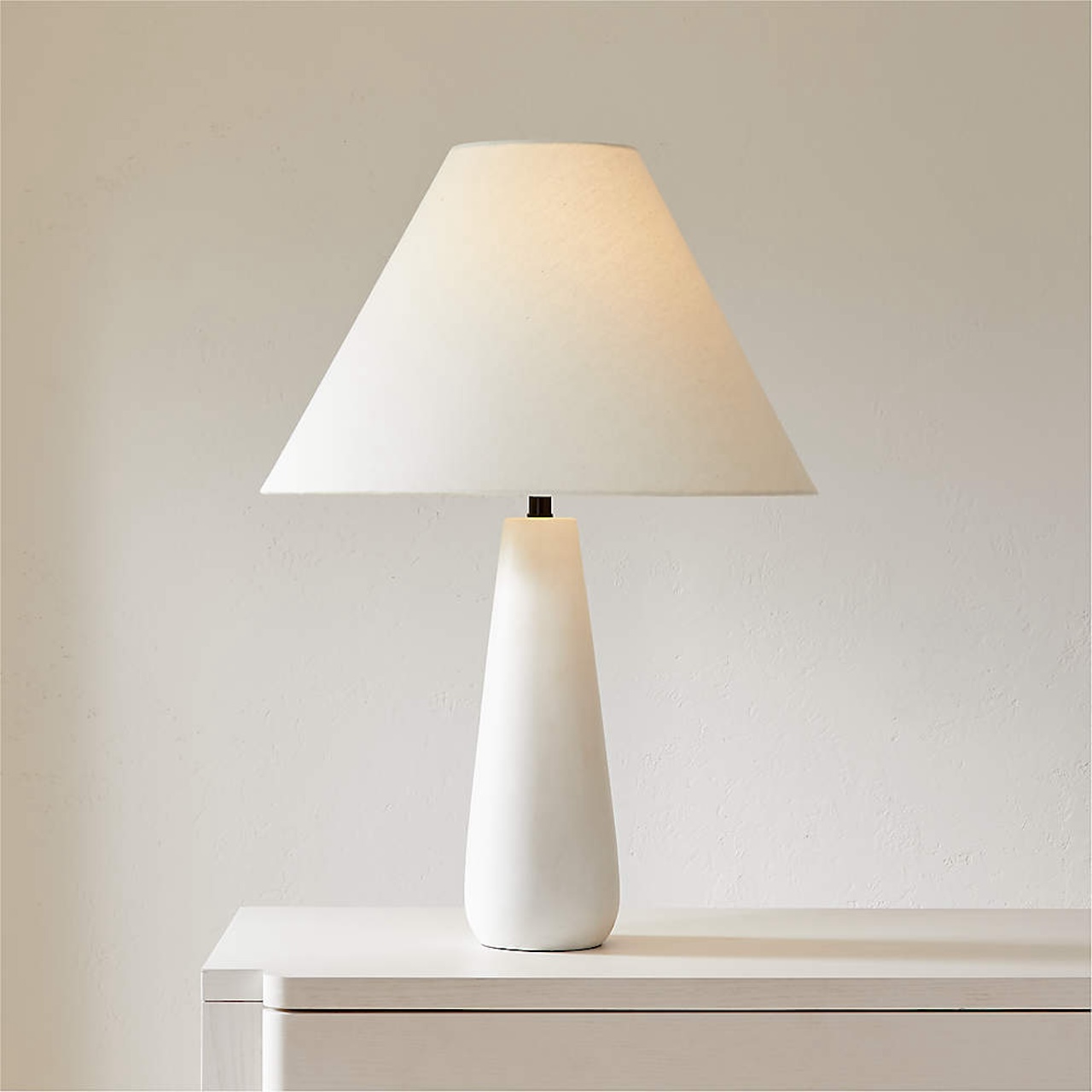
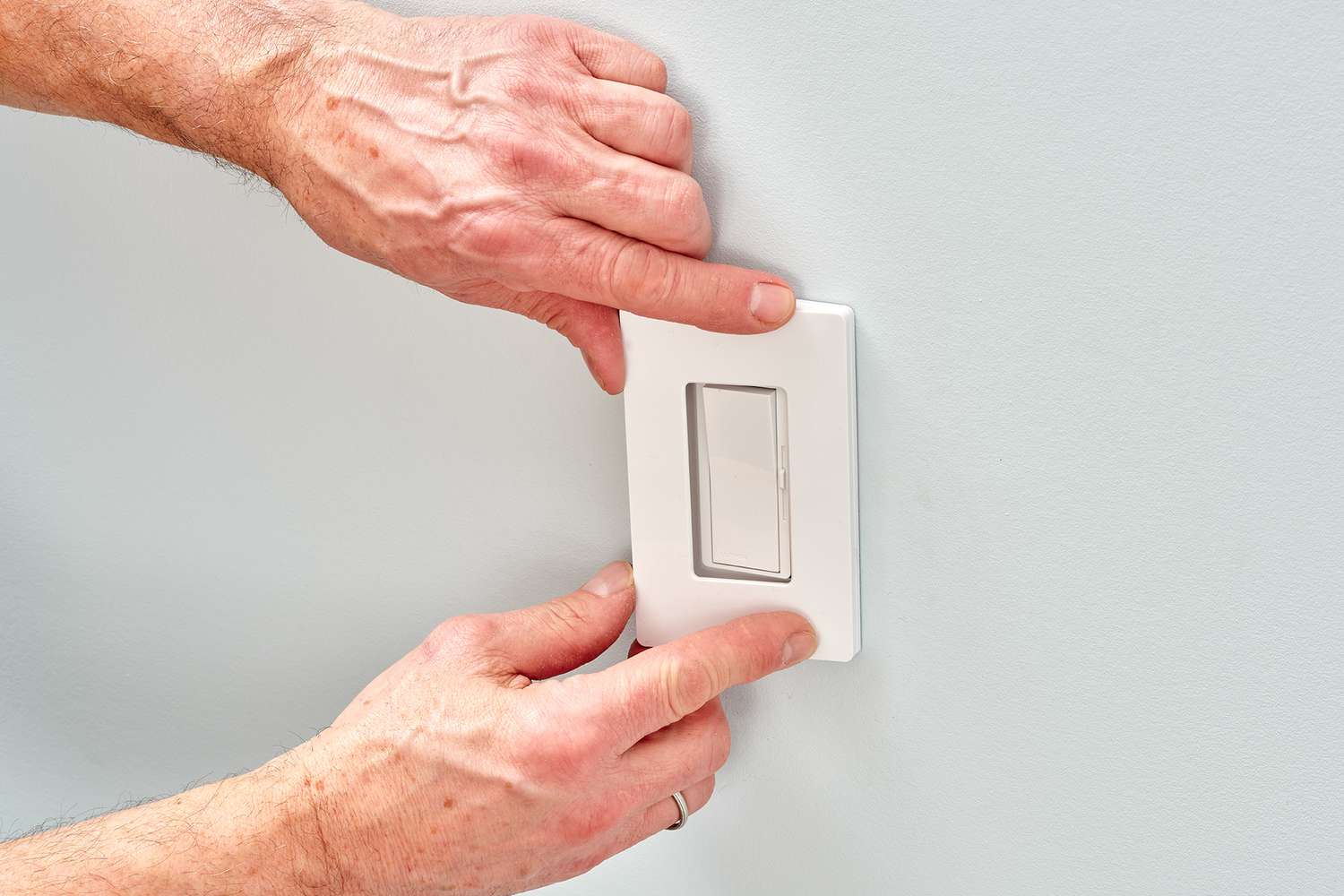

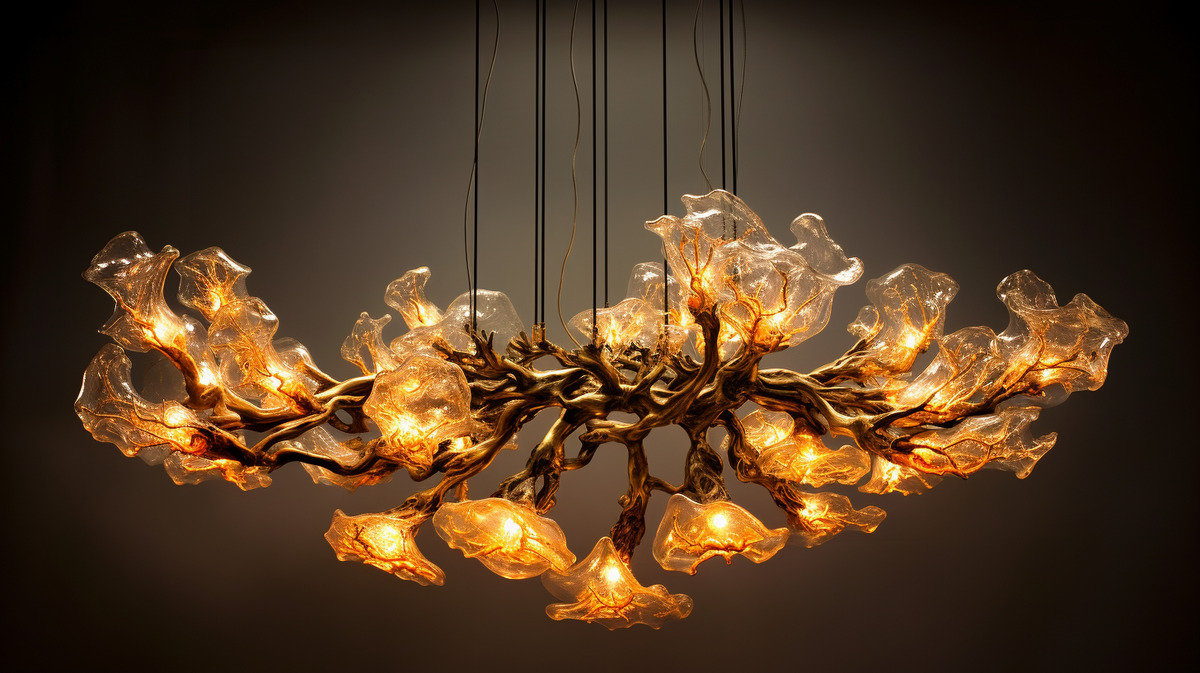

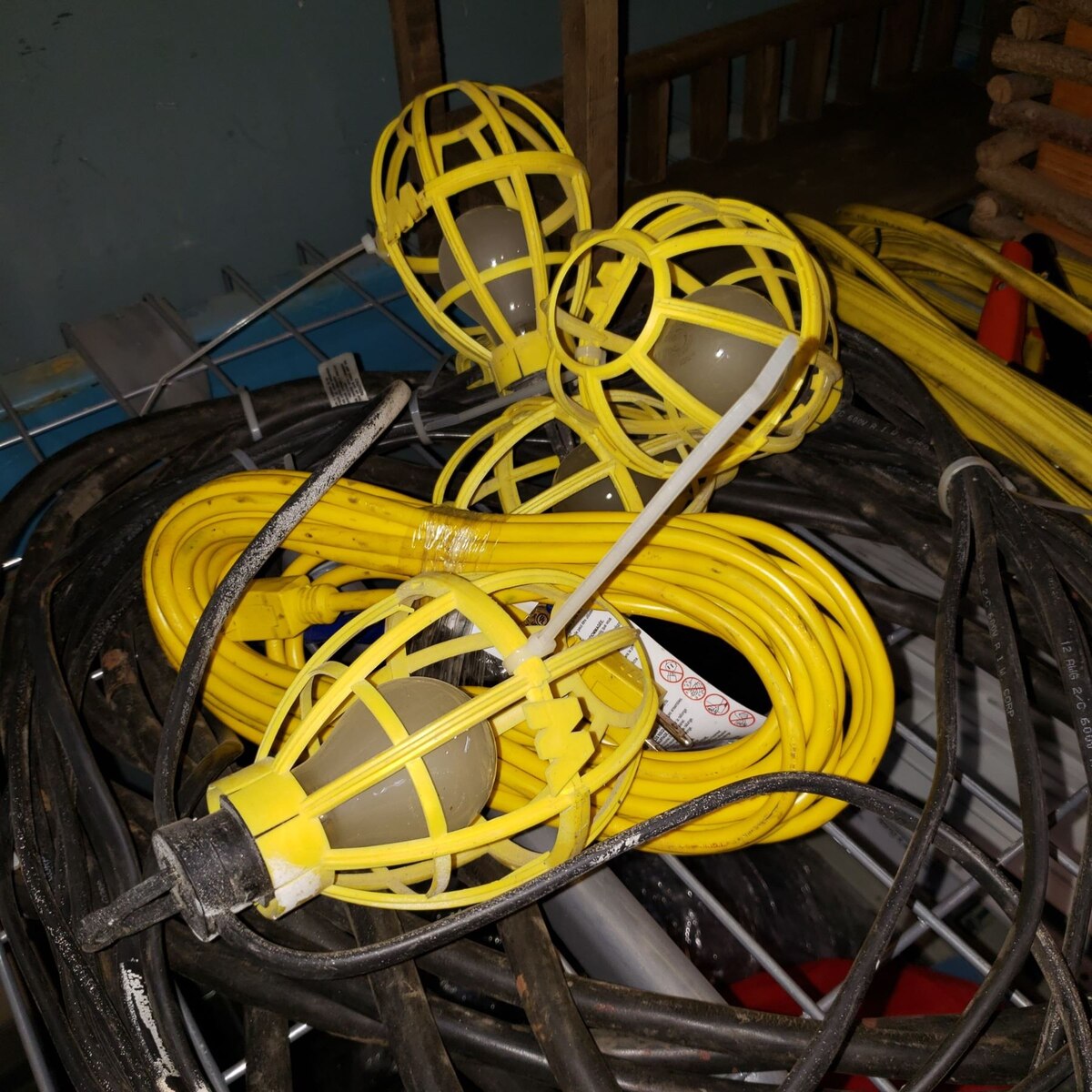
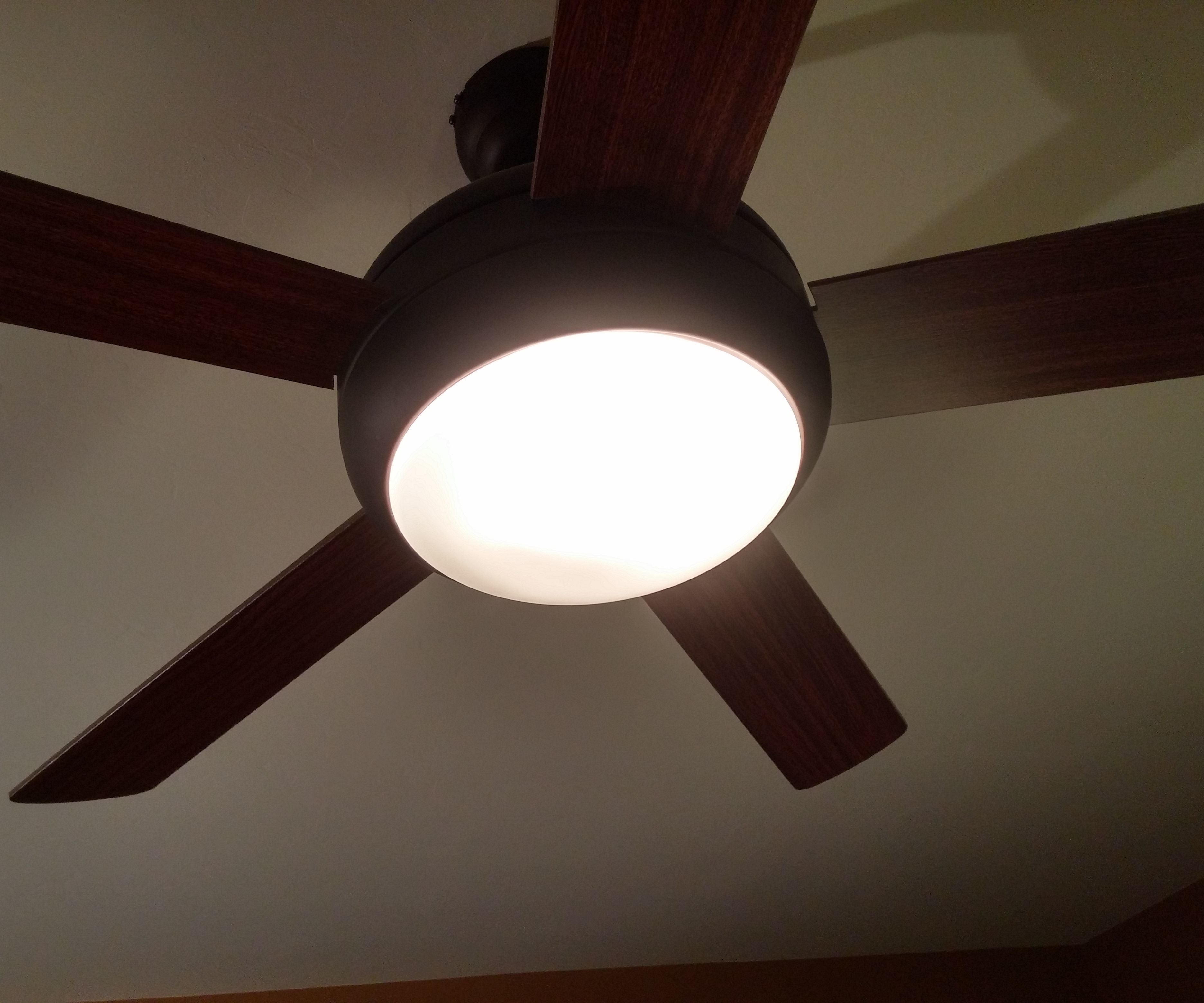
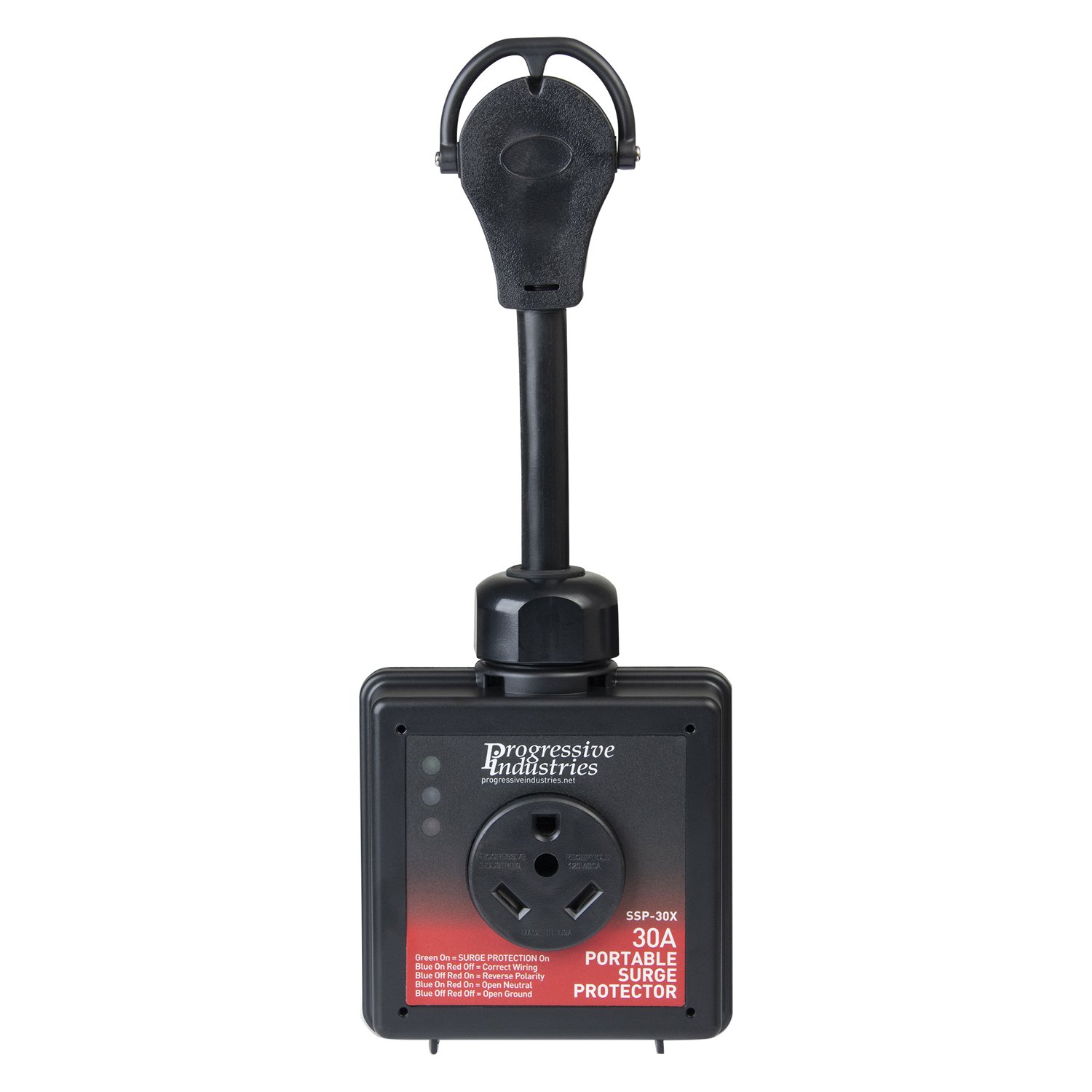
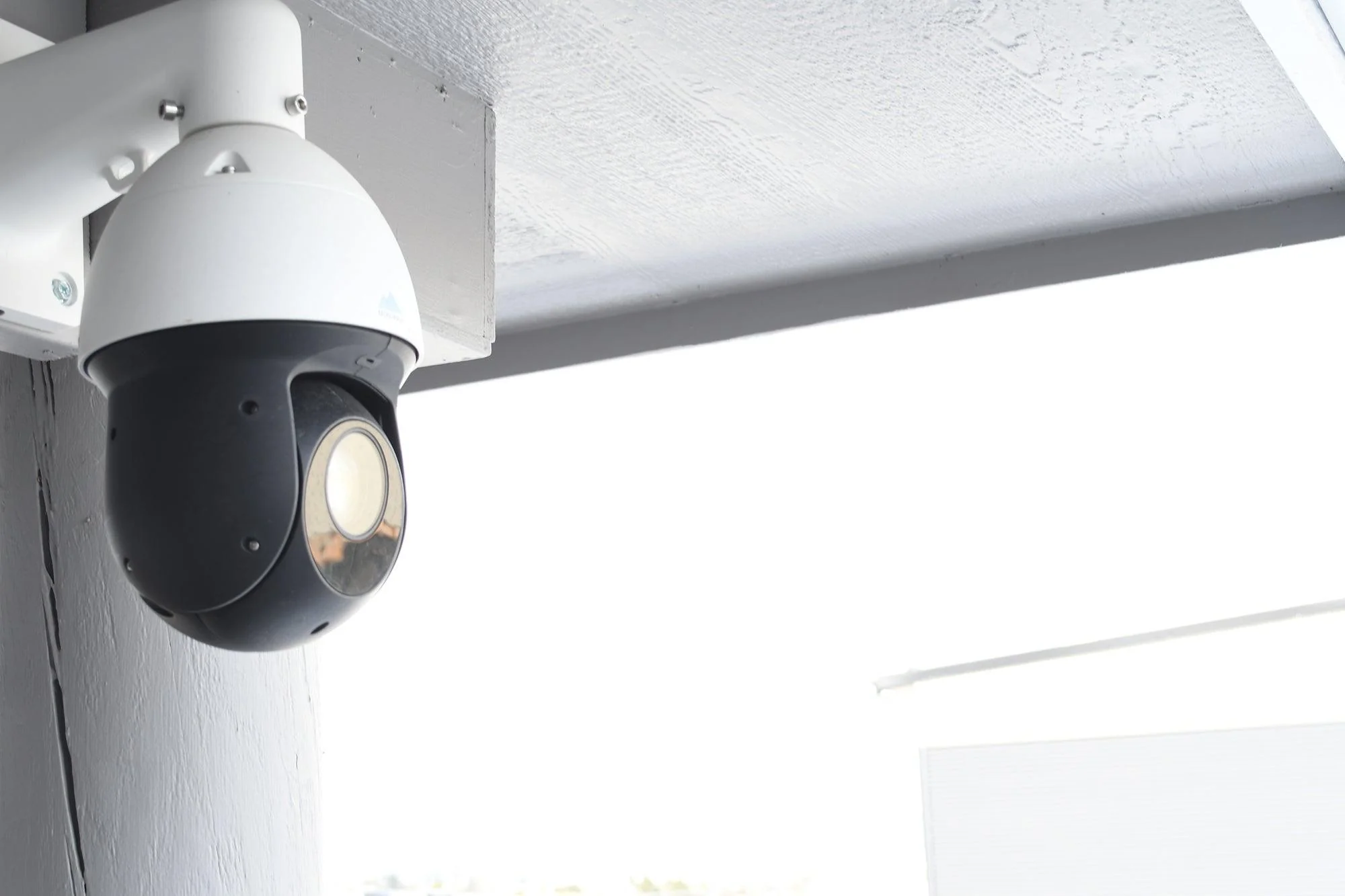
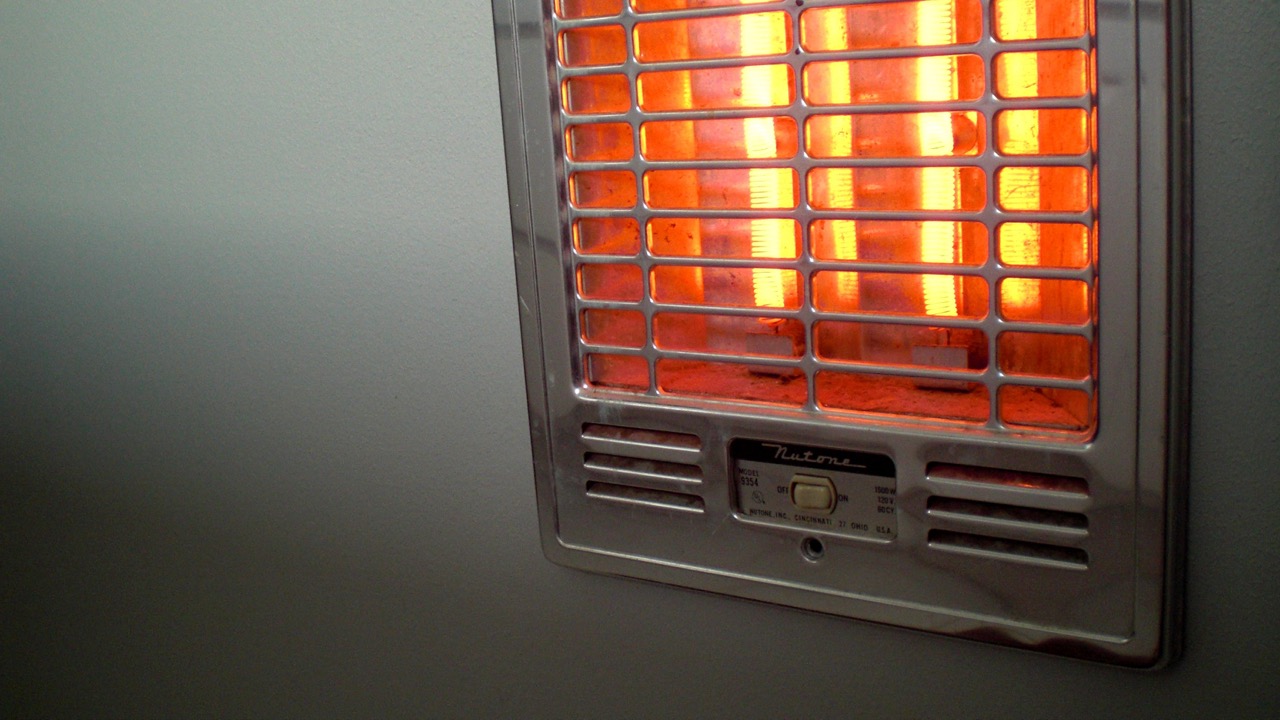
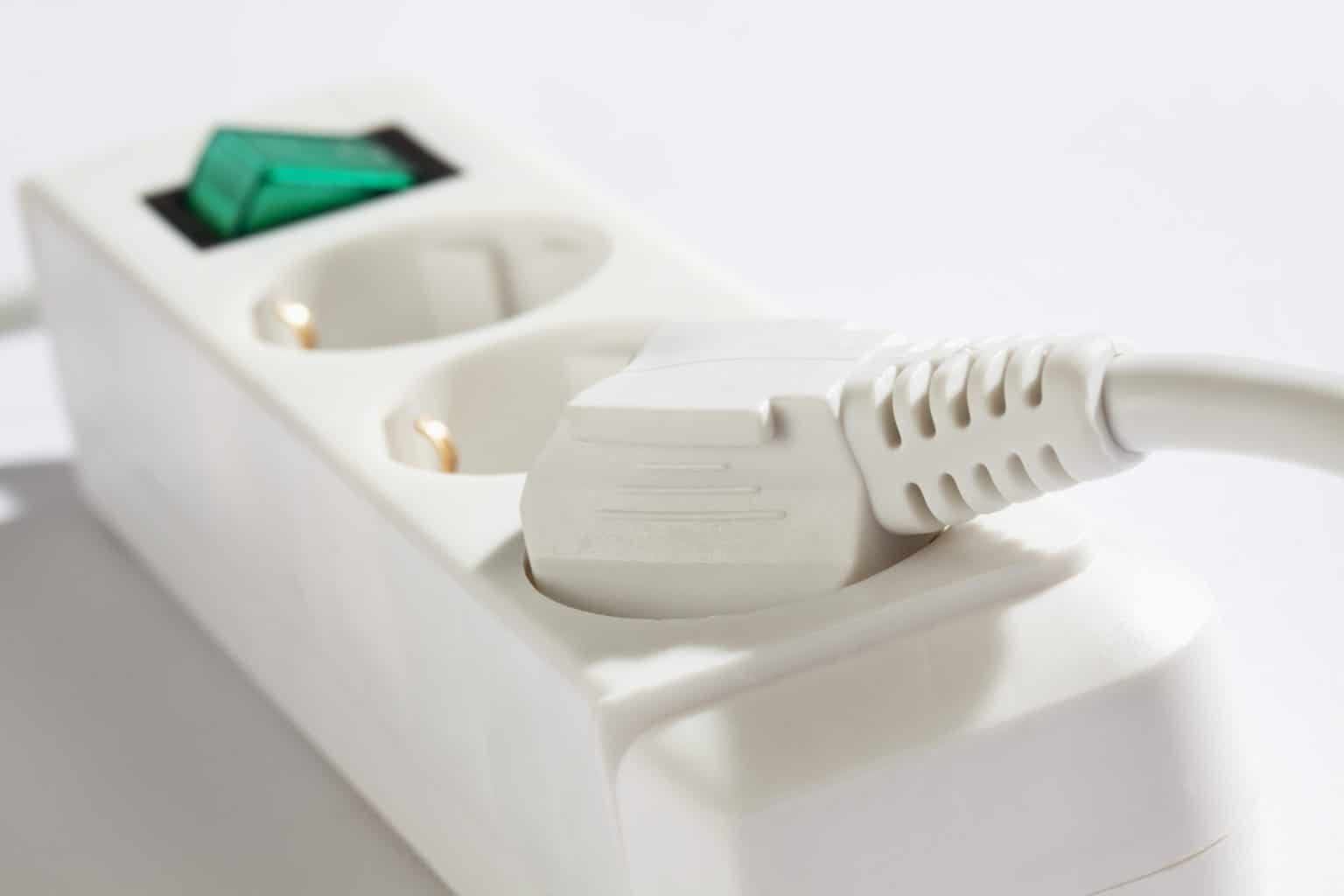
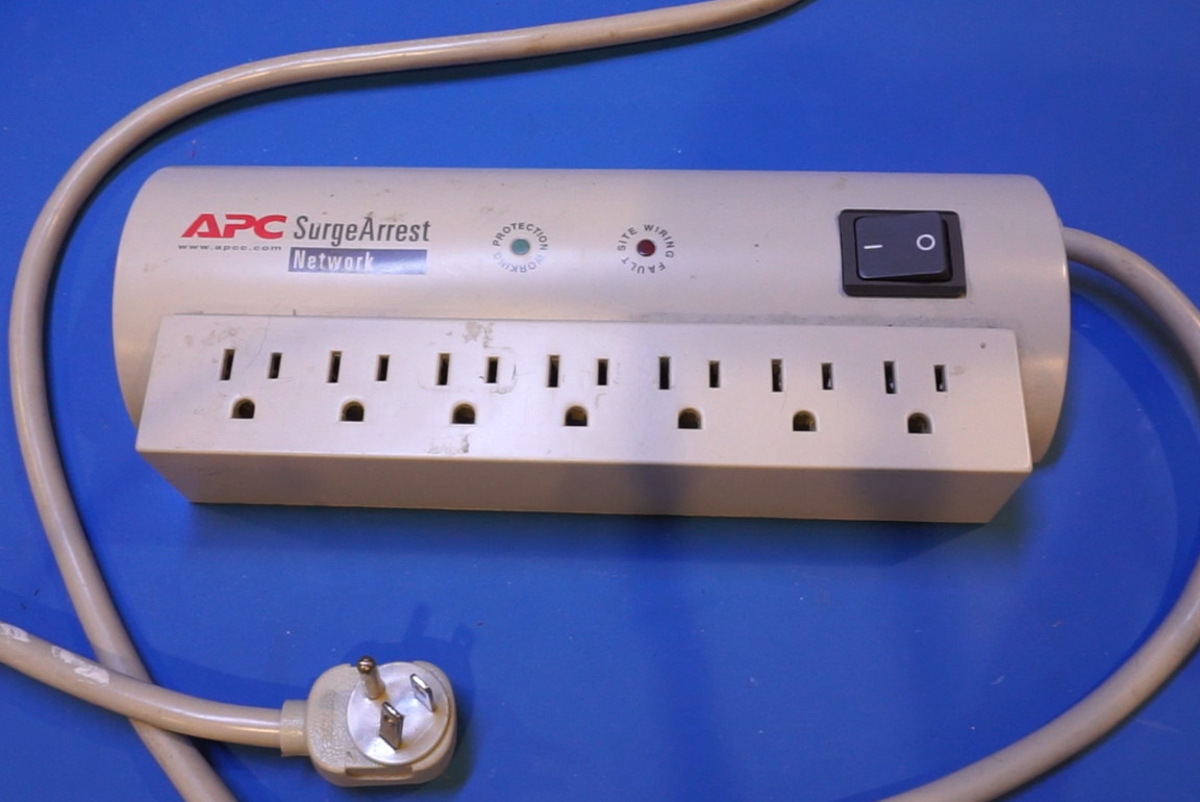
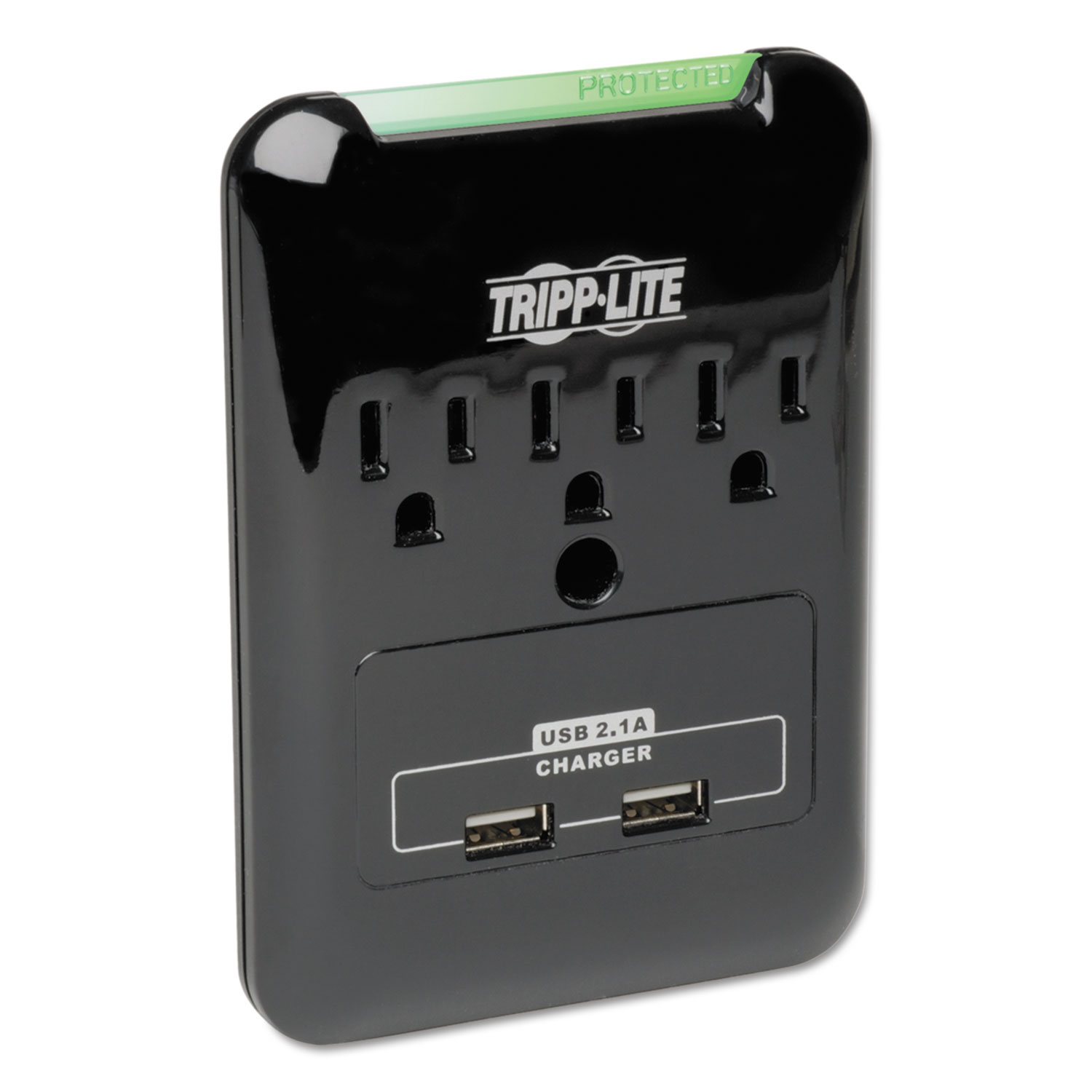

0 thoughts on “Why Does My Power Strip Light Flicker”